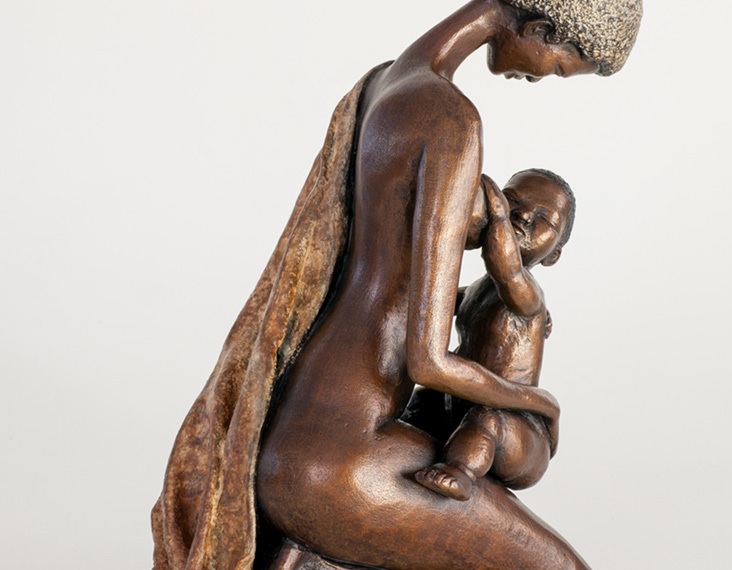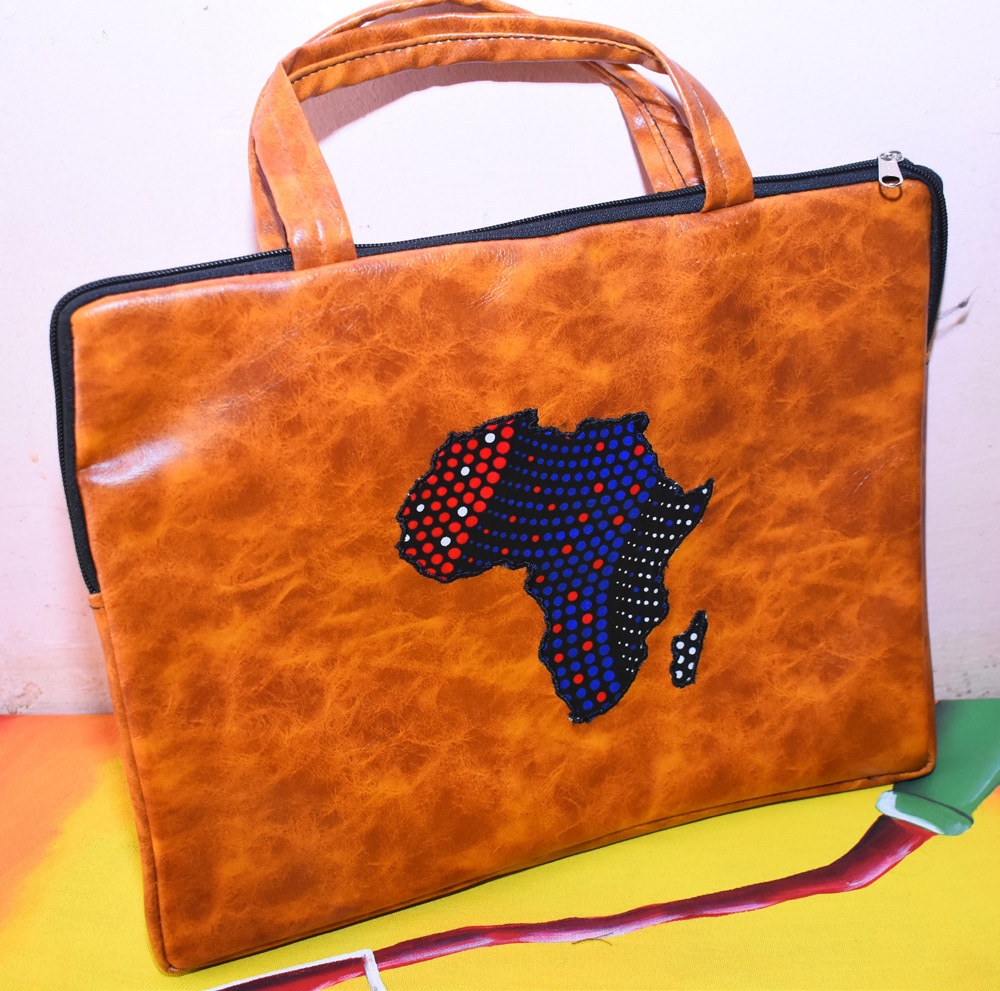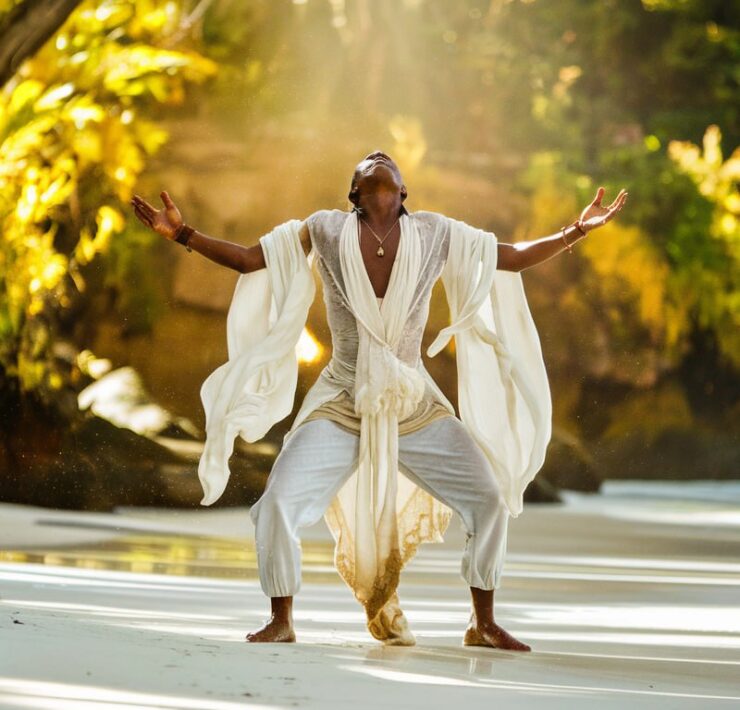Africa in our Hearts

Norbert Mporoto is a Tanzanian Freelance Writer, Editor, Translator and…
The Splendor of African Handicrafts
One may be familiar with the rock arts, metals, ceramics and masks or carvings, pottery, clothing, and all other hidden arts and crafts in Africa, yet not understand what they mean to the World. African handicrafts did not emerge from a vacuum, but from the portholes where you can see the infinite horizon of the universe. Handicrafts have a rich tradition in Africa. Art and craft are an integral part of African life. They go beyond decoration because of their cultural and spiritual connections; connecting nature, souls, identity and spirit to present the African Culture.
Ancient African handicrafts are more figurative, emphasizing the human form in three dimensions, even if this form embodies sacred or supernatural beings and functions. That is to say if arts and crafts were to be excluded from the true wisdom, the history of Africa would be incomplete. Long ago, Africa had functional and useful handicrafts, in addition to textiles, fetishes, idols and cultural crafts. Within African communities, everything that represents African crafts, not just visuals, was highly valued. Artisans had a special status in society, and were respected members of the community. Generally, African crafts were vehicles for addressing the metaphysical needs of the community. They could be designed with figurative ghostly shapes and manipulations or provide patterns, and graffiti.
Africa is as rich in creativity as it is rich in resources. African ancient crafts can prove that. Pottery making is one among the great examples of the early African handicrafts. It is a very ancient craft in Africa, as some of the oldest pottery remains known in the world were discovered on this continent. Regardless of its age, the craft is still blooming in many parts of the continent as an outstanding product. Pots were not only for cooking, serving, and storing food, but also an avenue of artistic expression. African societies created different kinds of pots as part of their daily life, but all their creations were meant to preserve culture. What the Burkinabe from the land of the upright man called Nyonyosi-Yatenga matches the Azande pottery of Angola, what Nyakyusa people of Tanzania called Beer storage vessel is not different from Kwiri ceramic vessel of Cameroon or the Matakam of Chad. This is to say, Africa is one. Traditions and culture are what connect us in advance. Why are we taking on the divisive sentiments? Is it that we have forgotten?
Drums are another prominent African handicraft. Several African musical instruments have been used to celebrate every aspect of life. Traditionally, drums have been the heartbeat of most African communities. Drums have been a part of African life for centuries and have a deep symbolic and historical significance. In every aspect of African life, drums have a significant role to meet some physical, emotional and spiritual needs. African hand drums are played for communication, celebration, mourning and inspiration. They are played during peace and war, between planting and harvesting, between birth and death. For example, the Djembe drum of Mali (carved from a single piece of African hardwood with a globet shaped body and topped with an animal skin as a drumhead) was originally created to be used in healing ceremonies, warrior rituals, winter harvesting, and ancestral worship. The West African djembe is the same as the Zulu drum of South Africa, Nigeria’s Ashiko drum is not different from the Djun Djun of West Africa, just as it is not far from the Talking drum of Ghana, for they all communicate the same thing to make African traditions glow.
Art and craft are an integral part of African
life. It goes beyond decoration because of its
cultural and spiritual connections; it connects
nature, souls, identity and spirit to present the African Culture.
In the African traditional context, drums and masks are as twin brothers. They all play the same role to make dance funny and beautiful. Unfortunately, this is not the case today, many tribes have lost their cultural identity due to tribal dispersal and fragmentation, for a variety of reasons, and many parts of Africa no longer have genuine masking ceremonies. From ancient times, traditional African masks were worn at celebrations, dances, festivals and ceremonies to commemorate social and religious events. They played a very important spiritual and functional role in the community, and there is often no difference between social recreation and ceremonial celebrations. African masks can be thought of as sculptural shapes, as they are mostly part of a unified experience, but they can also be thought of as the meaning of performance art.

Masks are often used in dance ceremonies to create a connection between the human and spiritual worlds. The masquerade has great religious and cultural implications for the participants, including an enthusiastic and connected audience. All African masks play the same role when it comes to preservation of African culture, though their uses and preferences may differ from region to region. The African identity preserved in Songye masks of Zaire, is as good as the Chokwe masks of Angola, the Baule masks of Ivory Coast play the same role as the Tikar mask of Cameroon and so much more. When the drum beats, we can all come and dance together as the children of the same mother, Africa.
From another perspective, African handicrafts are used to keep the prominent historic ancestral figures.
The crafts allow the ancestral spirit to remain as a vital force within the community, for a lifetime. The crafts celebrate not only the ancestors but womanhood figures as well. The womanhood crafts honor; African women as leaders within their society, givers and nurturers of life. This is witnessed in a wide range of paintings and drawings. Starting from the oldest dated art in South-Western Namibia, the Apollo 11 Cave in the Huns Mountains are not meaningless drawings, rather a representation of the social values that still prevail today.
One of the research reports titled ‘Ancient Rock Art’ by a Namibian academician argued, “Contents of the various rock art includes details of ritual dances and traditional tribal healers in a state of hypnotism. According to research, certain figures such as clapping women were very important as supporters to the dancers and are thus often depicted on slabs of rock in Twyfelfontein, Erongo, Brandberg and Spitzkoppe. African drawings are also rich in the images of animals; though to others it may not give a true meaning of such an artistic work. Animals in nature are usually illustrated in a very precise manner, such as animals fleeing or being attacked. Men are often depicted in the sense that they usually carry bows and arrows whereas women usually carry richly decorated bags and baskets. Many prehistorians believe today that they illustrate rituals of trance and the magic of analogy as omens for the hunt or for rain. The location of these paintings has religious and magical significance, as most of them are found under crevices and overhangs which provide sheltered dwelling places close to water.” O How beautiful it is to be an African!

For centuries, Africa has been a victim of the single story, what the world hears about Africa are not the real happenings. What defines Africa in a positive way is far from the book of wisdom. Now is the time, the ether has changed, the history has left no stone unturned. African traditions were scorned at one time, but now the world is re-discovering the beauty, essence, and peculiarities of African handicrafts and their traditions at large. This can be evinced following the cumulative number of takers for the idiosyncratic bits and pieces of art, which showcase the cultural values of different African regions. Right now, we cannot count it as a success but a mark of victory. Ours should be “As Africa starts to retell her own story, we should all be aware that history should not be abandoned like old bananas, history should not be ridiculed, and history should not be mocked, especially the history of Africa.”
What's Your Reaction?
Norbert Mporoto is a Tanzanian Freelance Writer, Editor, Translator and Poet. He composes poems of all kinds and writes novels and short stories. He also writes articles on several contemporary issues. Norbert is also skilled in the preparation of Business Plans, Project Proposals, Memorandums for Companies, Educational research and reports. You can reach Norbert at: https://linktr.ee/Mporoto


















